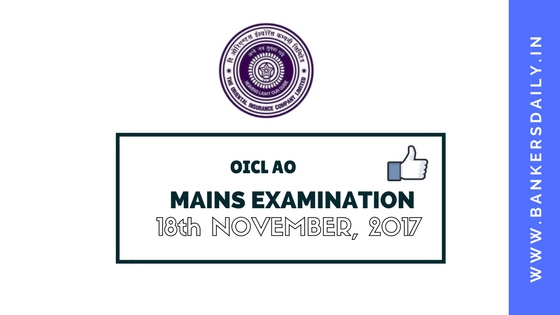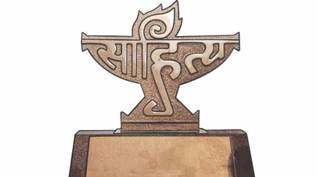Do you know ATAL BHUJAL YOJANA?
Do you know ATAL BHUJAL YOJANA?
Dear Bankersdaily Aspirants,
You all know very well about the pattern of bank exams. So there is no need to explain more about the pattern of bank exams. As per as general awareness is concerned we all know surely there will be a topic related to government schemes.
It is very important to know something about schemes and its importance. Lets us see the key features of ATAL BHUJAL YOJANA scheme in this article.

Aim:
The Government has taken many initiatives to encourage participatory ground water management by facilitating an enabling environment, creating a knowledge base, sensitizing communities and building capacities. The proposed Atal Bhujal Yojana is also an effort in this direction.
Fund Allocated for Yojana:
- 6000 crore
Participants:
- 78 districts covering states of Gujarat, Maharashtra, Haryana, Karnataka, Rajasthan, Uttar Pradesh and Madhya Pradesh.
Meeting Chaired by:
The Consultative Committee of the Ministry of Water Resources, River Development and Ganga Rejuvenation met under the Chairmanship of Union Minister Shri Nitin Gadkari, to deliberate upon the urgent need for participatory ground water management in the country. Ministers of State Shri Arjun Ram Meghwal and Dr Satya Pal Singh also attended the meeting.
Venue:
- New Delhi
The water shortage is one of the biggest problems that the country faces. A big reason for this problem is the poor management of available resources. On one hand we over-exploit our rivers, lakes, groundwater and other sources of water, but on the other hand we allow colossal amounts to run off into the sea unutilized. The Minister emphasized the role of participatory water management in addressing the problem of water scarcity in the country. He said, to address this problem, the Government, the civil society and the local level communities must all work together to find ways to preserve, protect and augment the available water resource. Shri Gadkari pointed to examples from states like Maharashtra and Gujarat where such participatory management of water have helped turn water – starved, barren farmlands into fields producing multiple crops in a year.
Through a presentation by Member, Central Ground Water Board informed the Committee that ground water in India provides for about 60 % of the country’s irrigation needs, 85 % of rural drinking water requirements and 50 % of urban water needs. As per 2013 data, 4 percent of Ground Water assessment units in the country are in a critical state and 10 percent in a semi critical state due to over-exploitation and contamination. The reasons for this over exploitation and contamination include increasing demand, change in cropping pattern, scanty rainfall in arid and semi-arid regions, flat rate/ free subsidized electricity for extracting ground water in certain states, rapid pace of urbanization haphazard sewage and waste disposal.
The Central Ground Water Board has identified various key issues regarding ground water management. It has been established that long term sustainability of water resources can be assuted only through holistic management programmes that take care of both demand side and supply side management. Supply side management focuses on management of aquifer systems and recharge of ground water resources while demand side management involves efforts at arresting decline in ground water levels by regulating the withdrawals and increasing water use efficiency. Demand side management is thus dependent on community participation. It requires the community to make efforts at ensuring that water is extracted in a sustainable manner, the cropping pattern is suited to the area, drip / sprinkler irrigation is encouraged , and people of the community resort to water budgeting.
The Committee agreed upon the need to promote and encourage participatory management as a solution to long term, sustainable development of ground water resources in the country. Participatory management recognizes ground water as a Common Property Resource. When this management method is employed to manage ground water the local communities themselves regulate the extraction and use of water, and are also proactive in augmenting and recharging the resource. Participatory management of ground water have resulted in many success stories in the states of Maharashtra (Tamaswada Nalah Treatment), Gujarat (Upleta Taluk, Rajkot), Maharashtra (Beed, Jalna, Satara) Andhra Pradesh, Tamil Nadu (Annavasal) to name a few.
Click here for Previous article:





